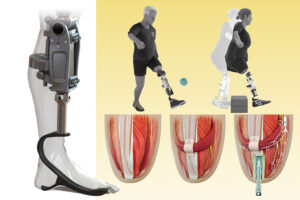Penn Scientists Discover Breakthrough Material That Extracts Water from Air

In an unexpected twist during unrelated research, scientists at the University of Pennsylvania’s School of Engineering and Applied Science uncovered a revolutionary material capable of drawing moisture from the atmosphere—no electricity or mechanical aid required. Initially puzzled by the appearance of water droplets on a polymer-nanoparticle test film, researchers quickly realized they had stumbled onto something transformative: a passive water-harvesting material that defies conventional behavior.
The innovation lies in the material’s unique composition—a fusion of hydrophobic polymers like polyethylene and water-attracting nanoparticles. This amphiphilic structure enables the film to absorb humidity from the surrounding air and continuously feed it into internal reservoirs, which slowly release the moisture back to the surface as stable droplets. Unlike expected condensation effects, these droplets originate from within the film and resist rapid evaporation, hinting at a self-sustaining micro-harvesting loop.
Published in Science Advances, the study showcases the work of an interdisciplinary team led by Professors Daeyeon Lee and Amish Patel, with postdoctoral researcher Baekmin Kim as lead author. They emphasize the scalability and simplicity of the material’s fabrication, making it a strong candidate for real-world applications such as atmospheric water collection in drought-prone regions, or heat management surfaces for electronics and buildings through passive evaporative cooling.
The team credits nature and biology as key inspirations, noting how cellular structures elegantly regulate water. “We accidentally found this balance,” said Lee. “But now that we see how it works, the possibilities—from sustainable cooling to clean water access—are incredibly exciting.” Their findings could signal a paradigm shift in how we harvest and control moisture, driven by nothing more than materials science and the ambient air.






